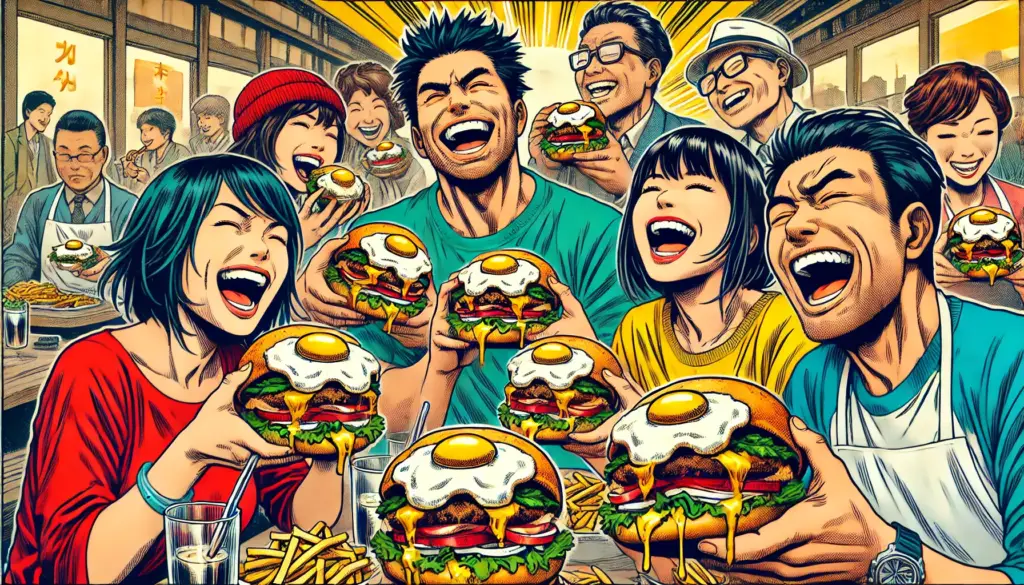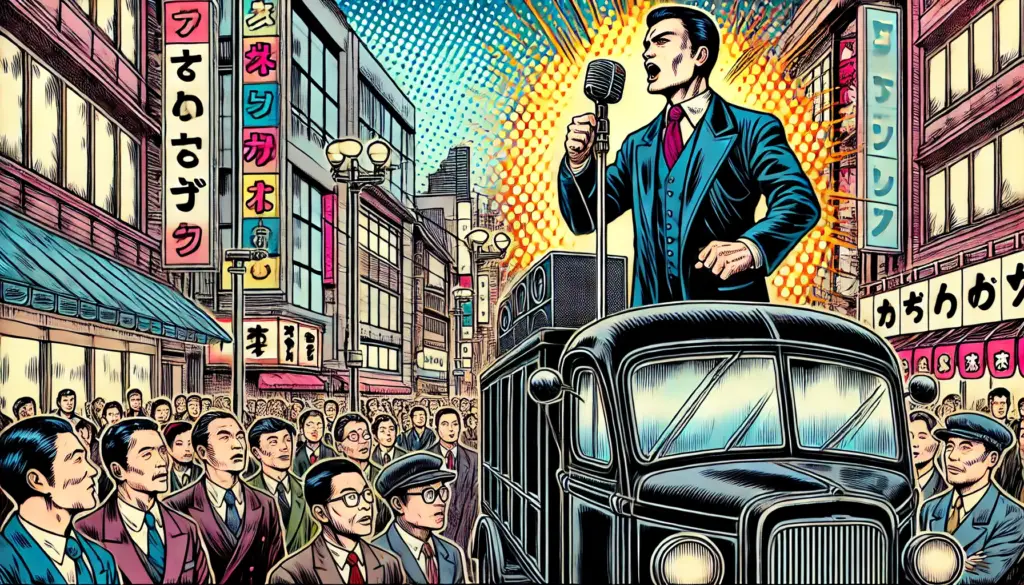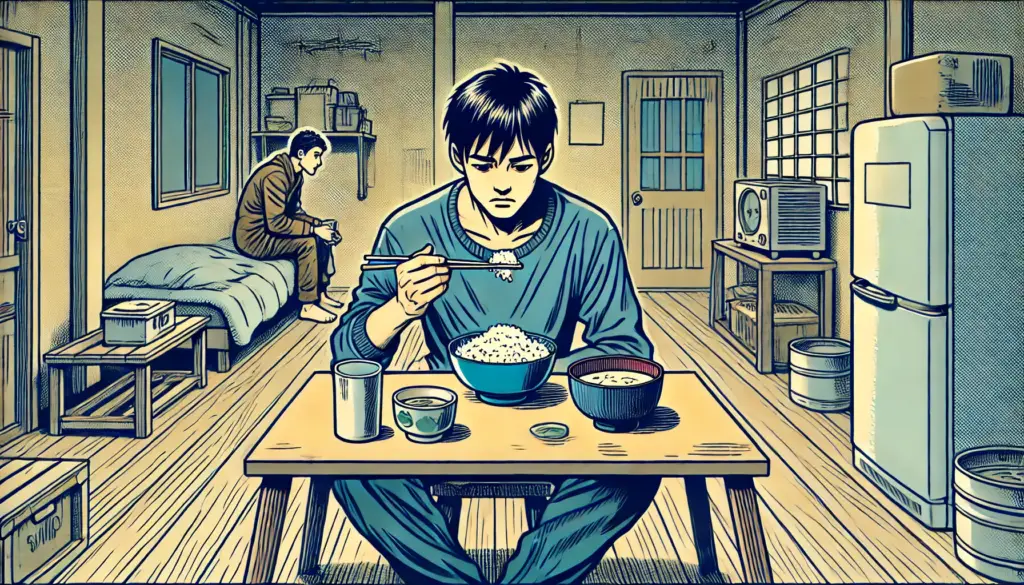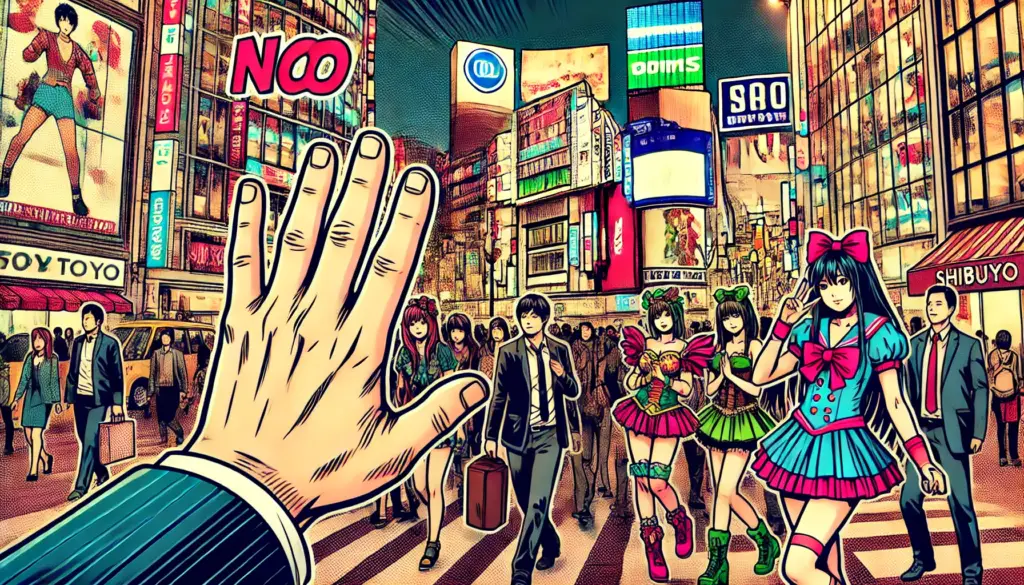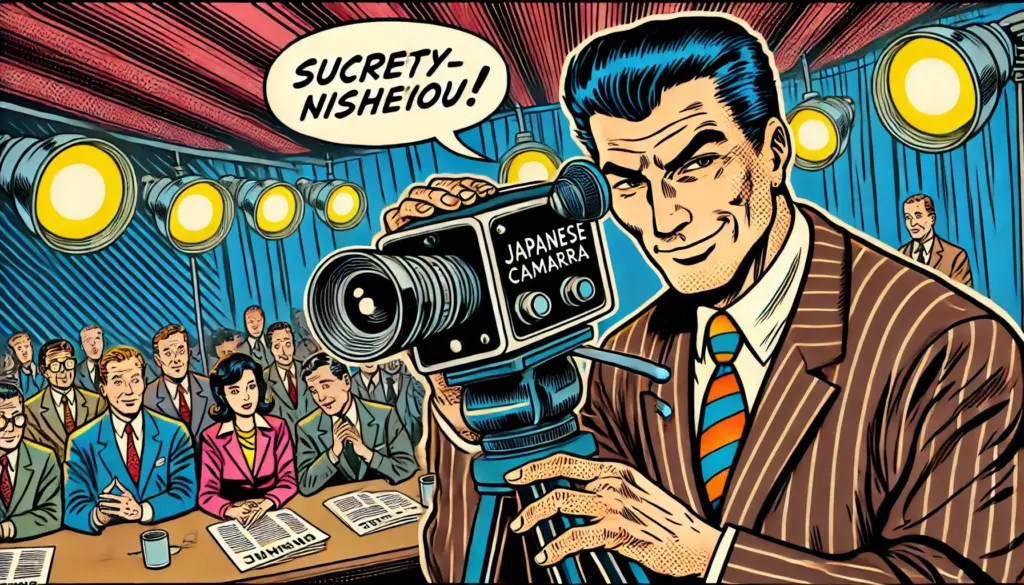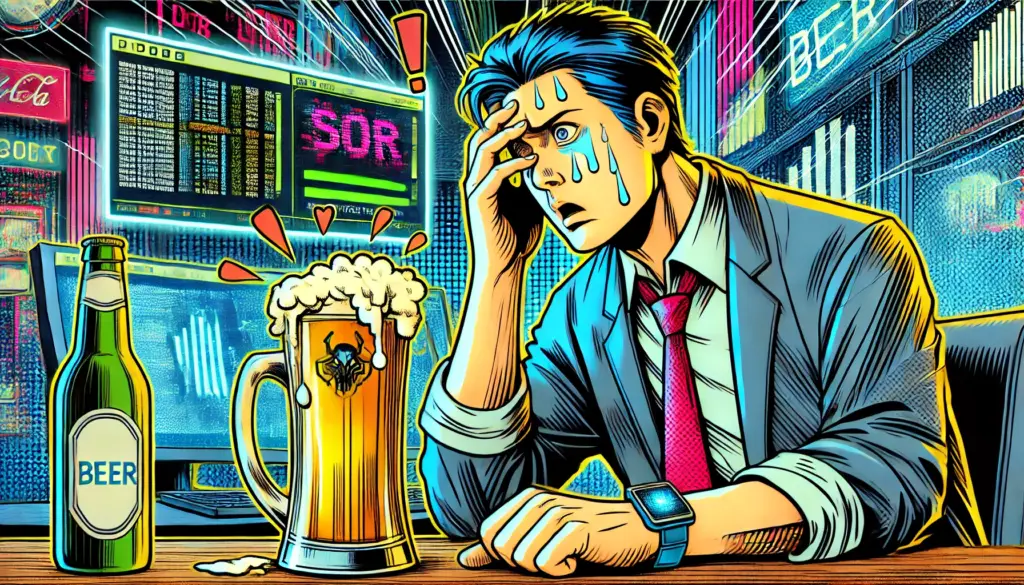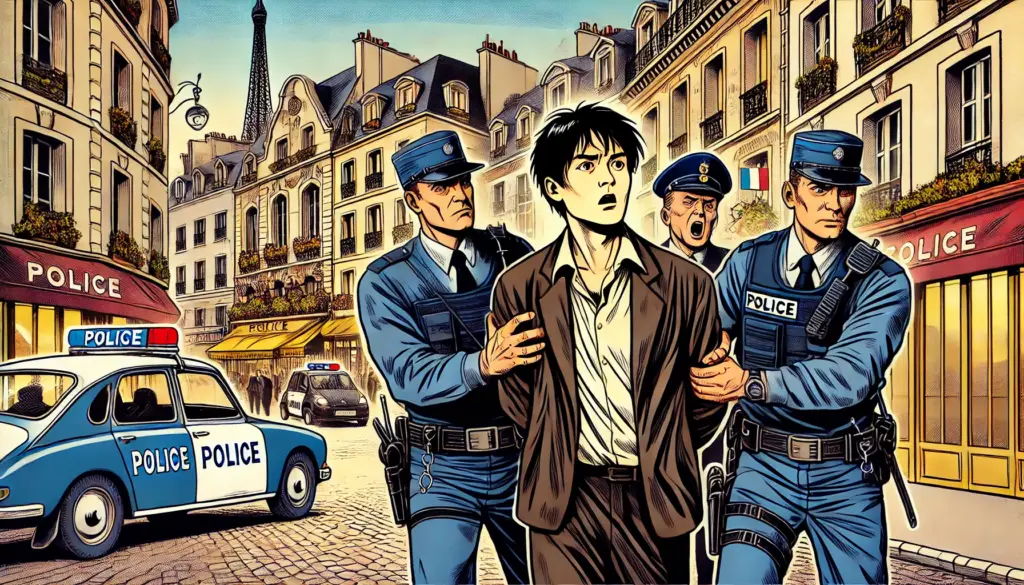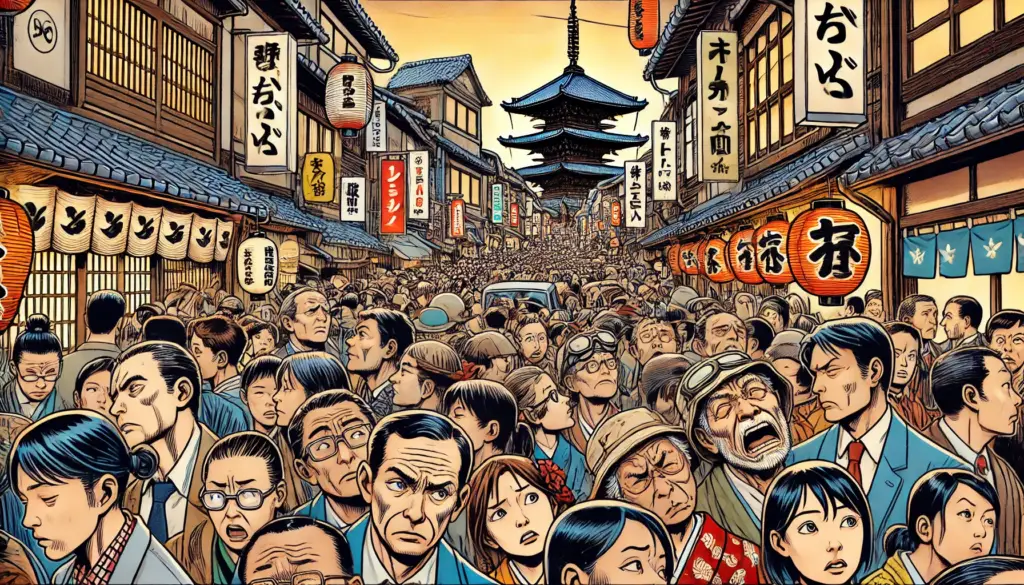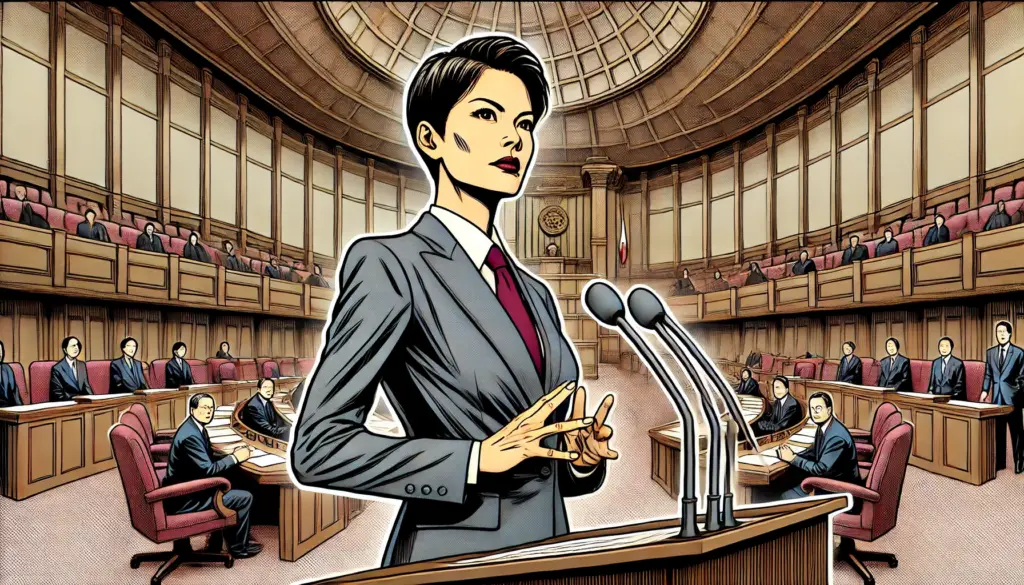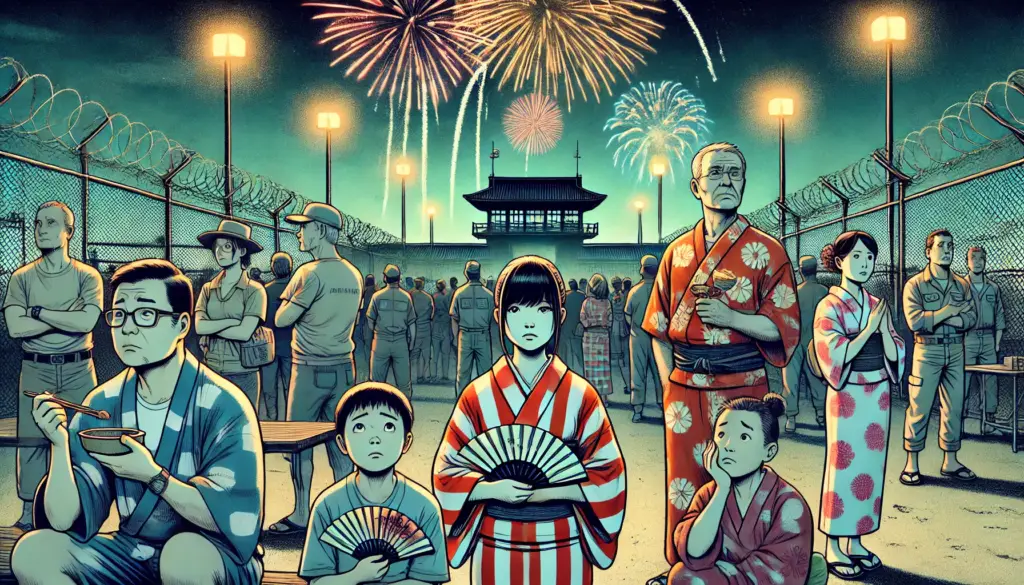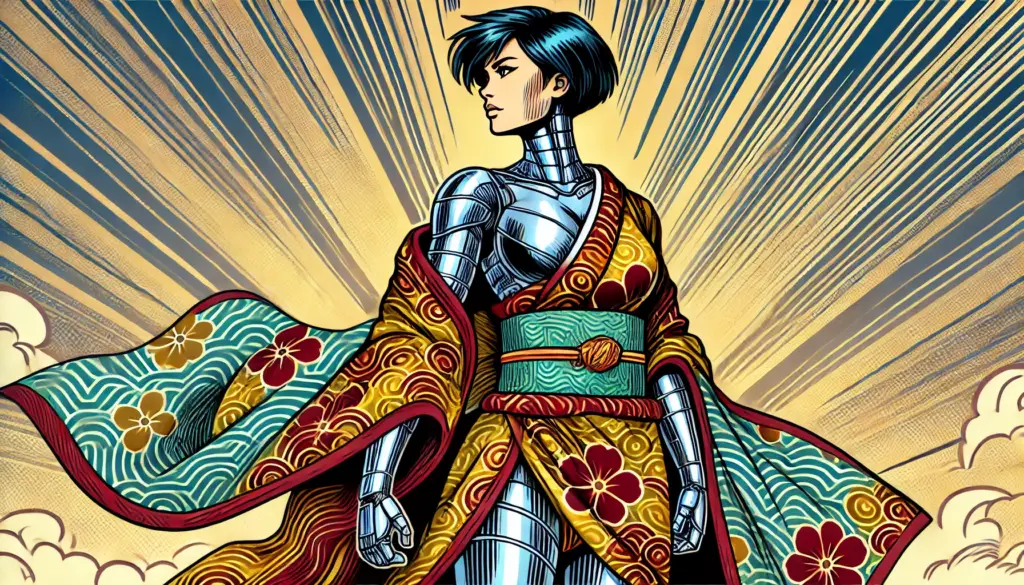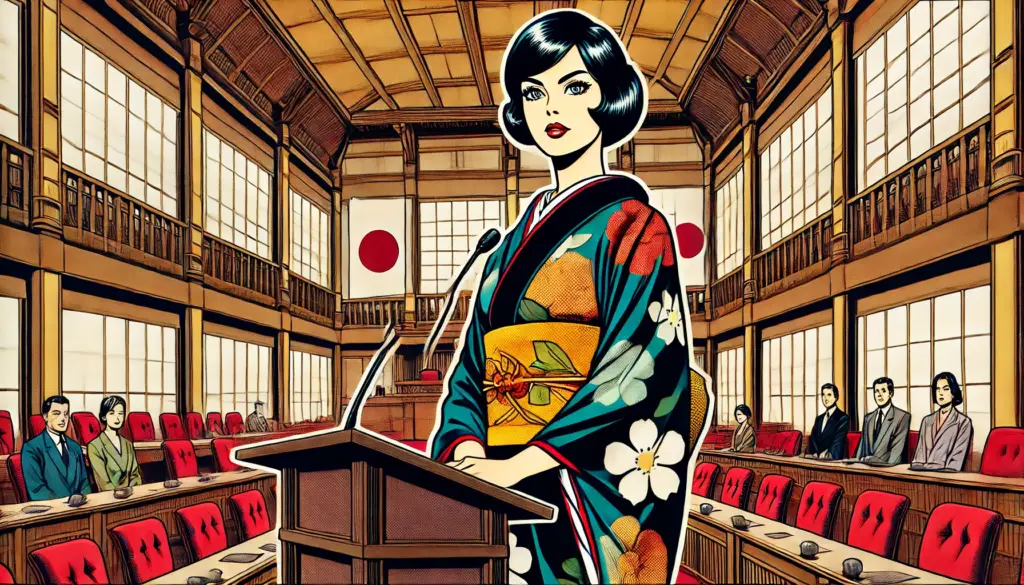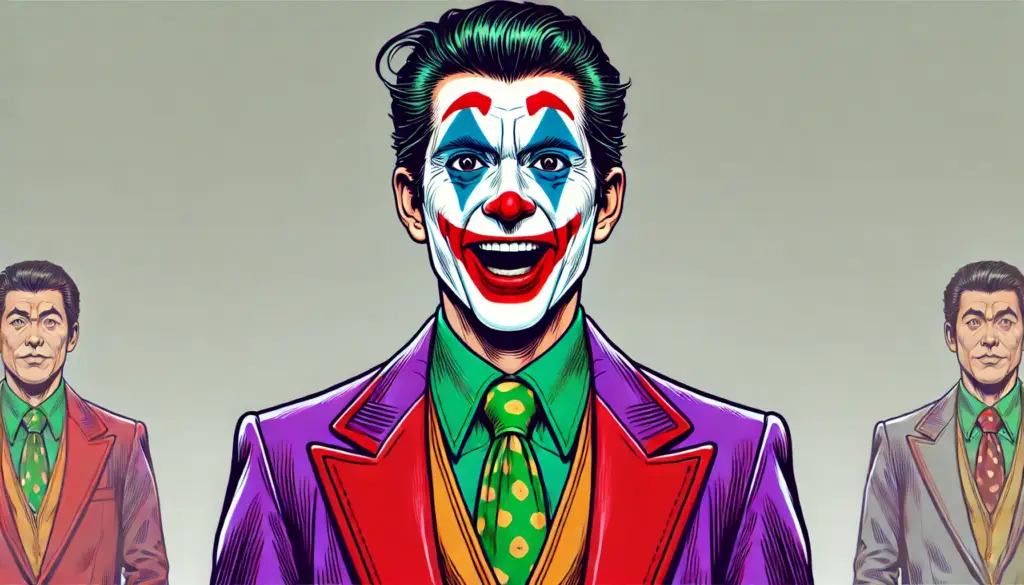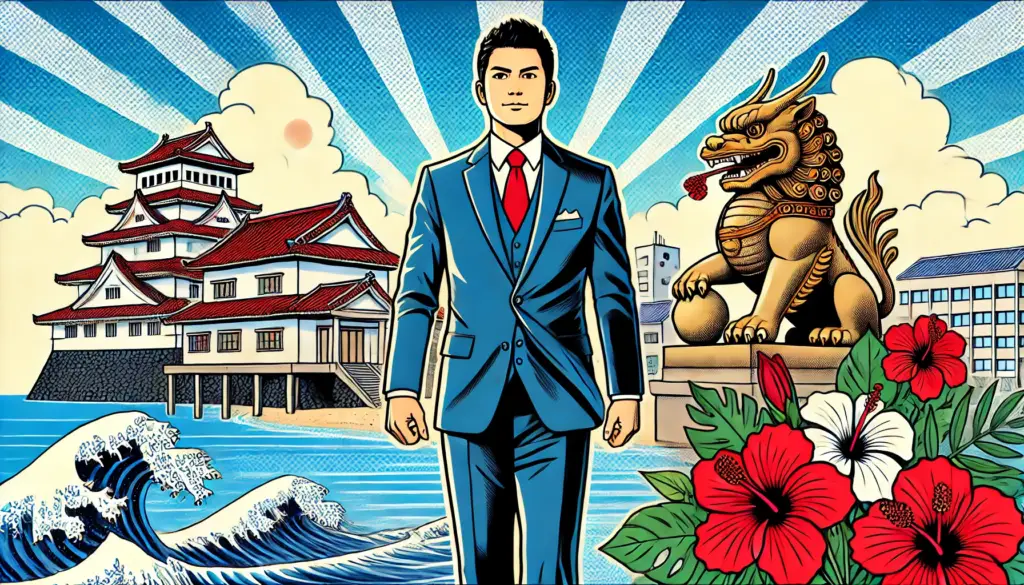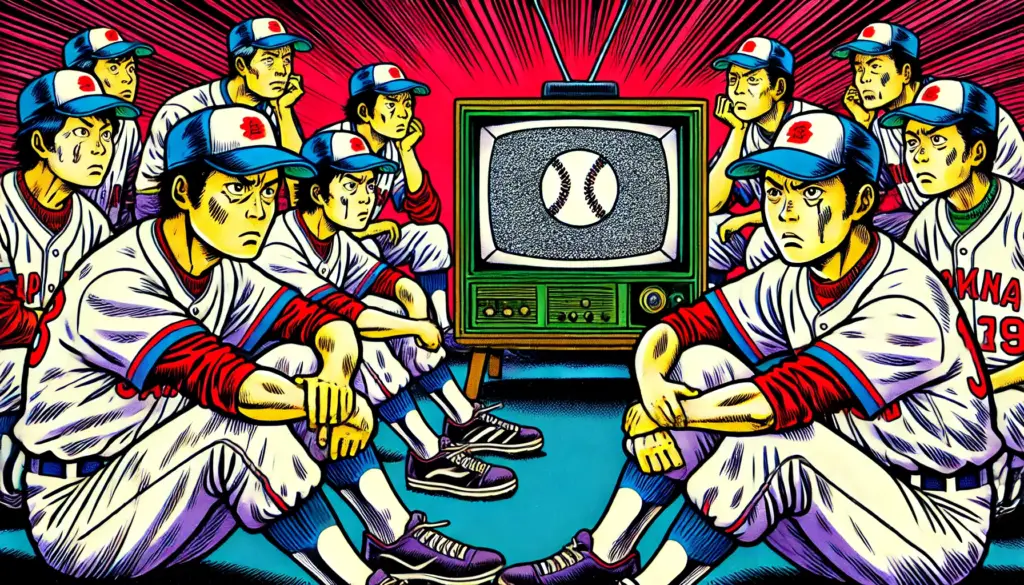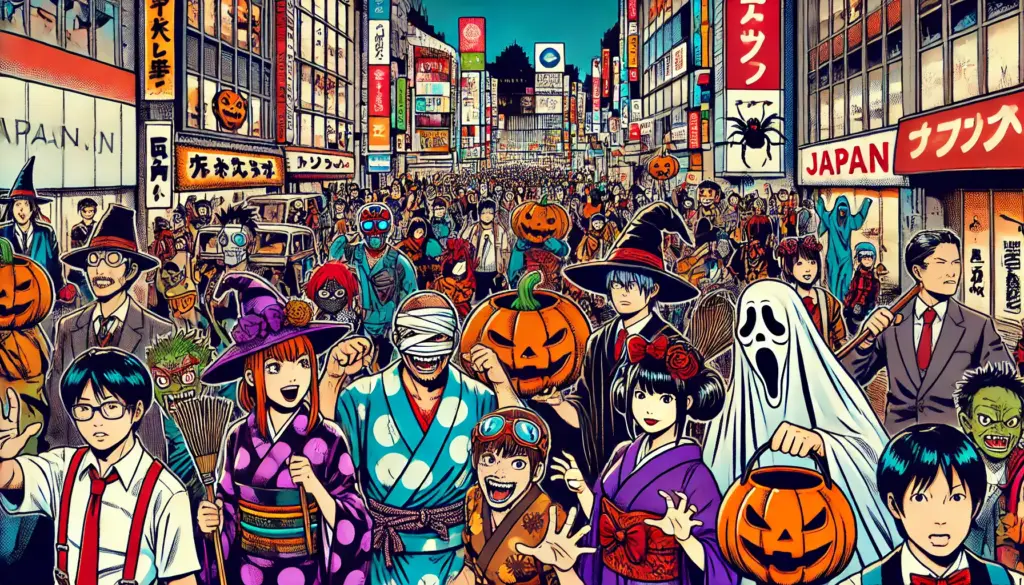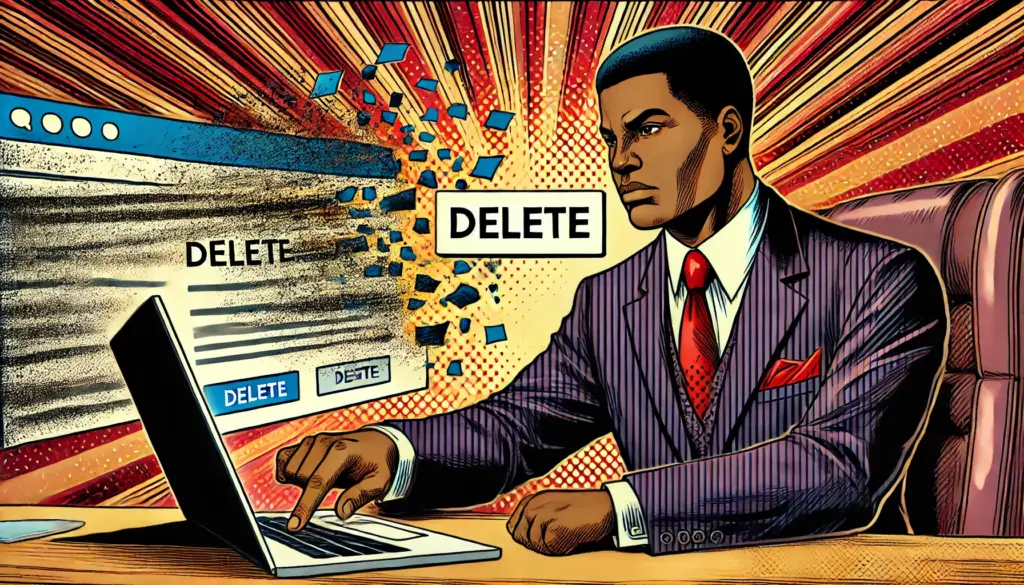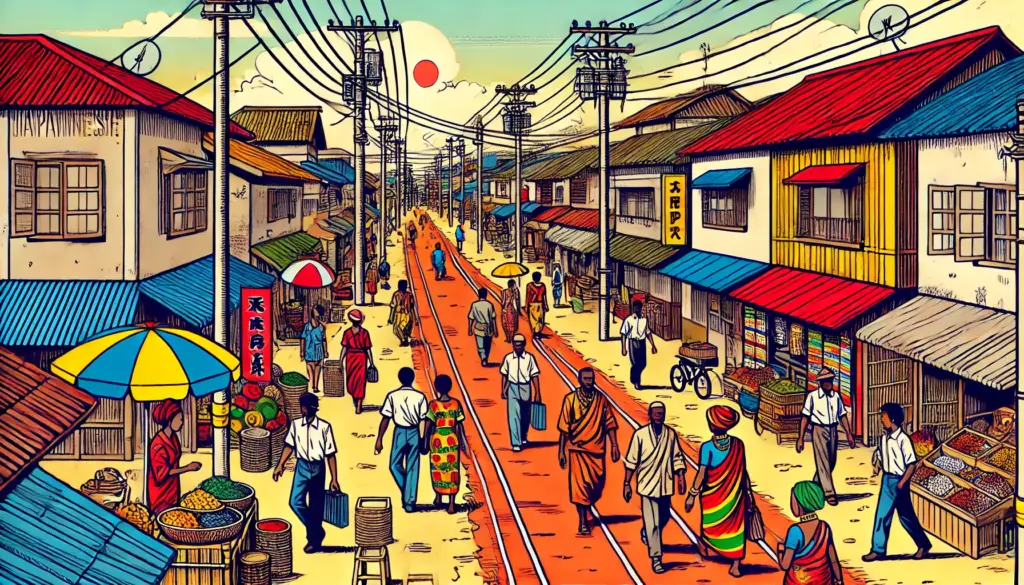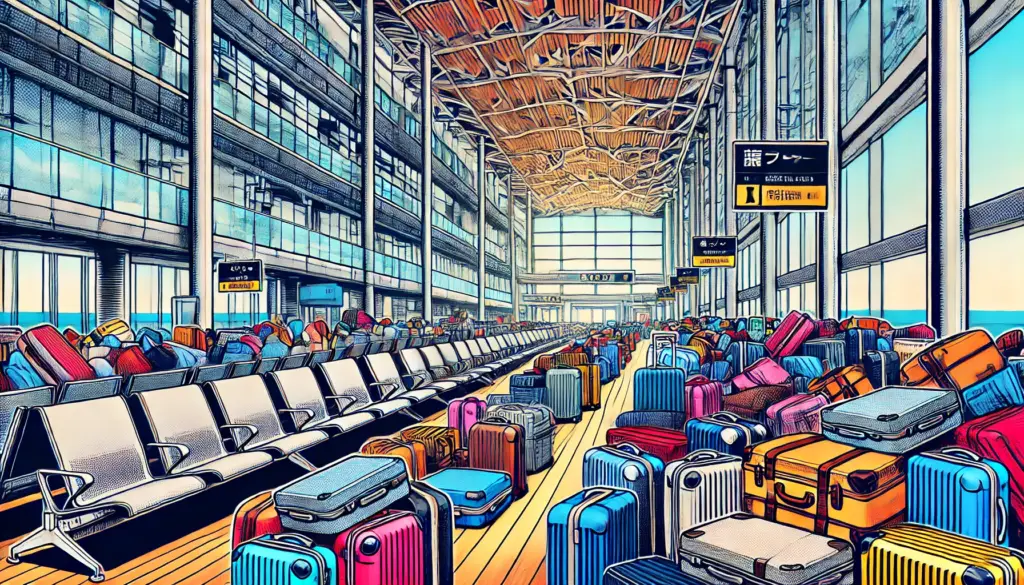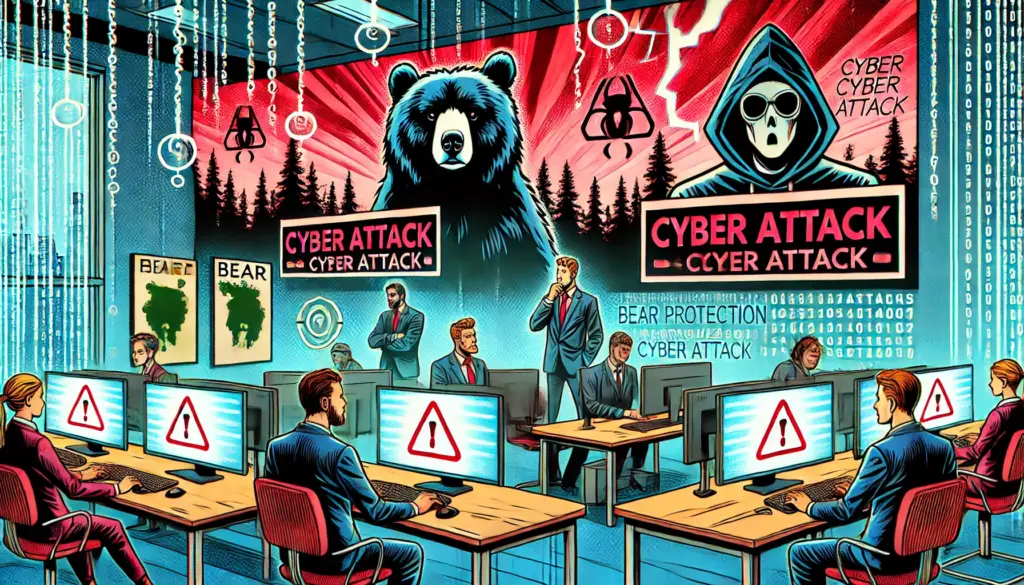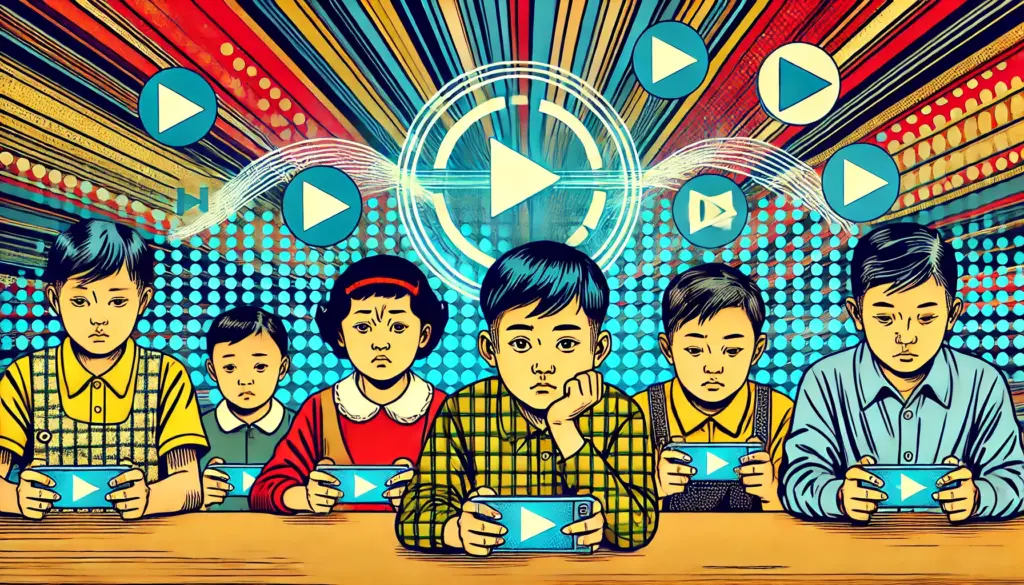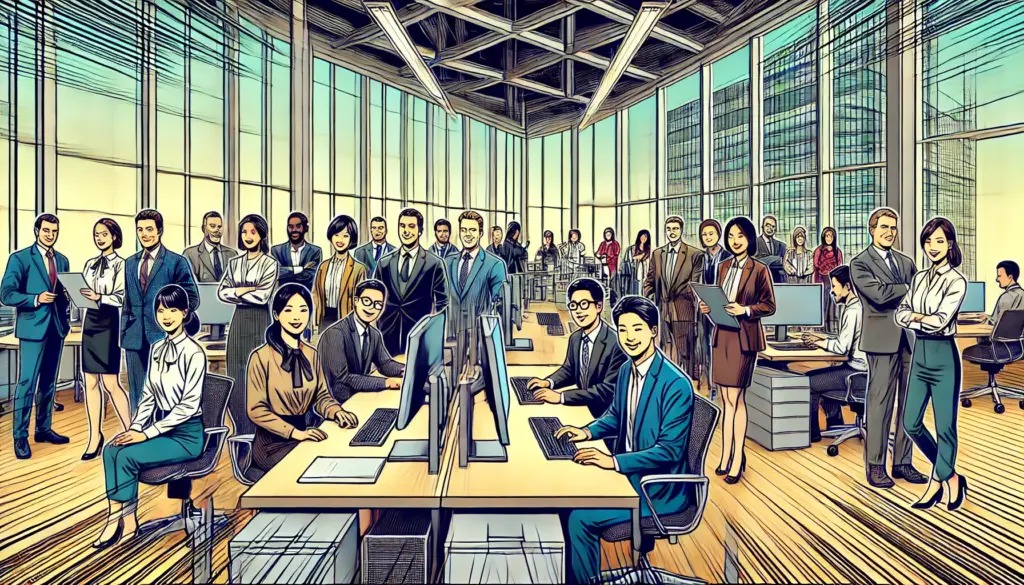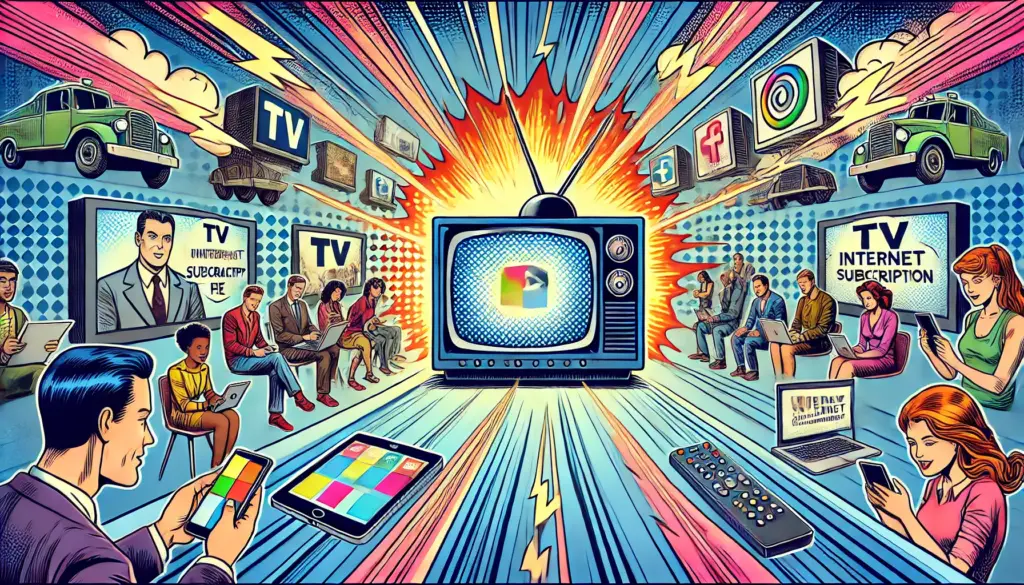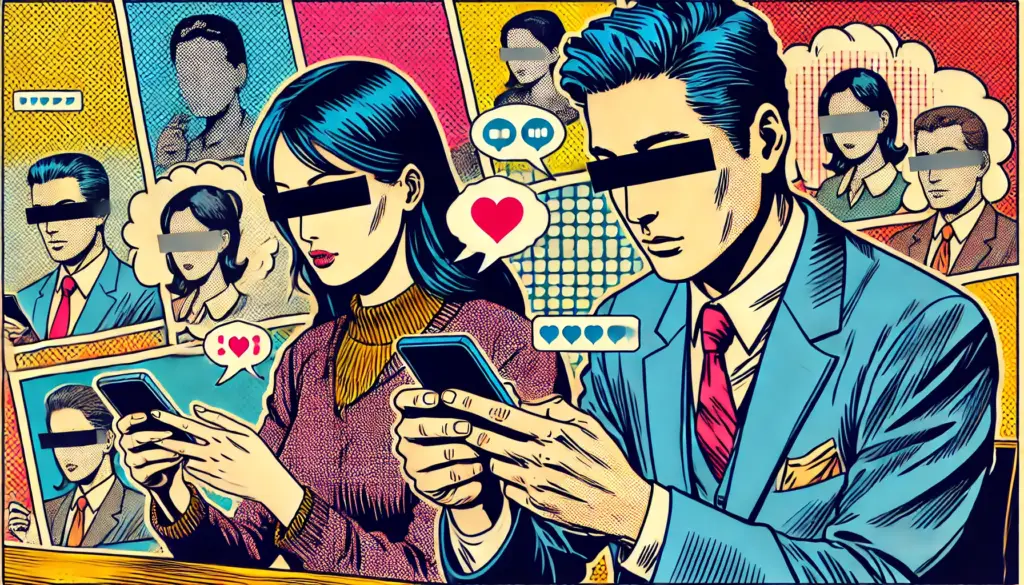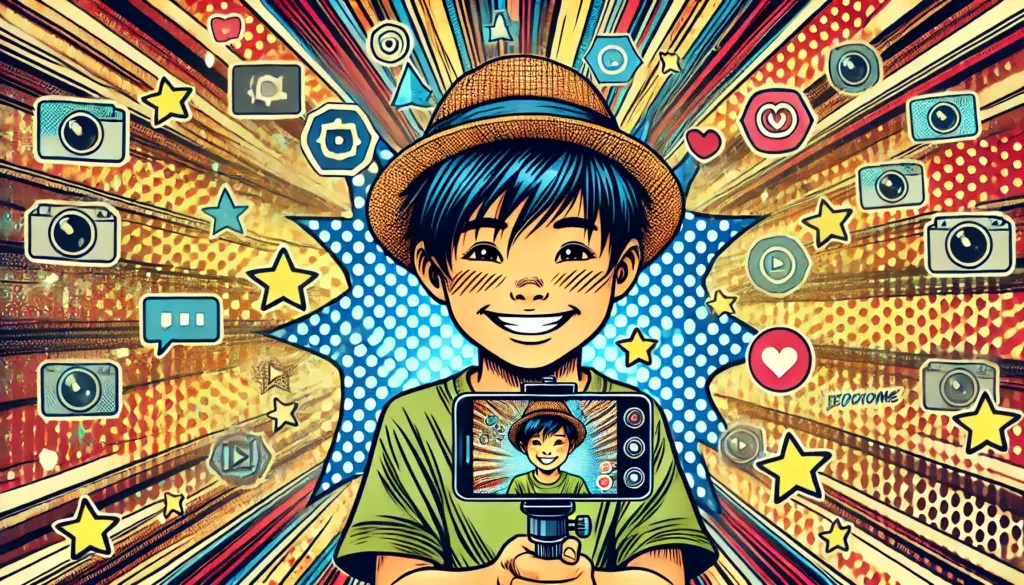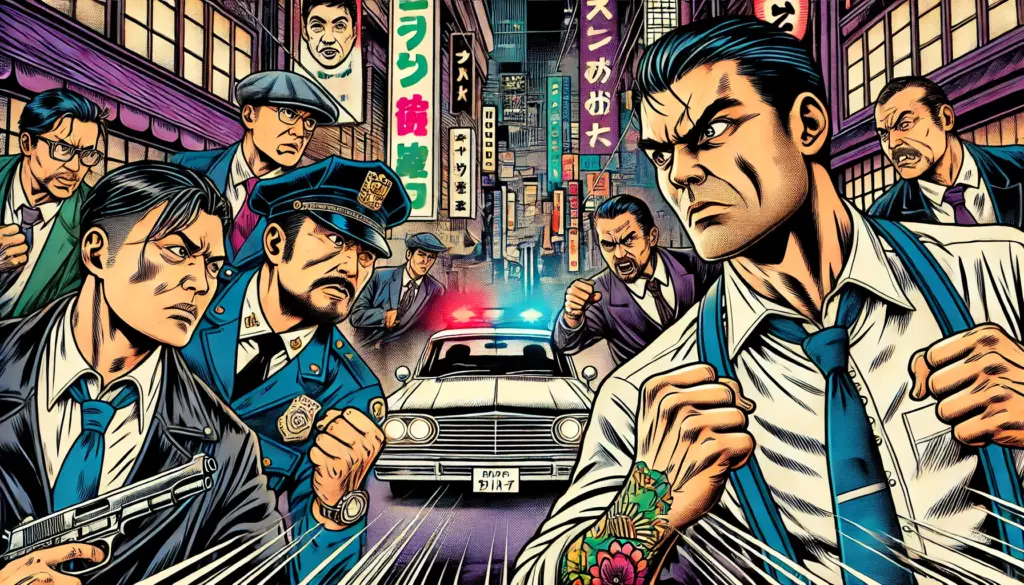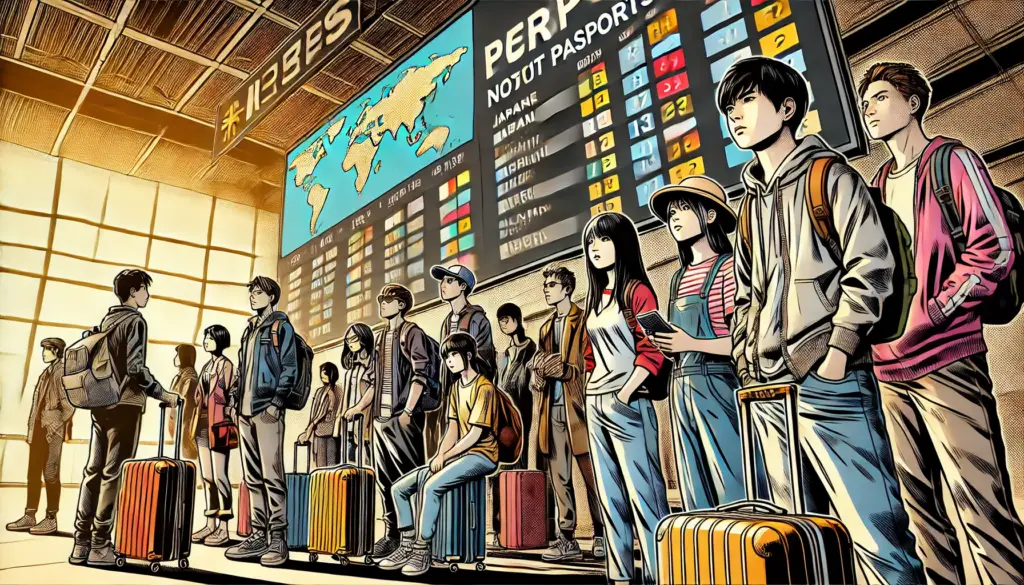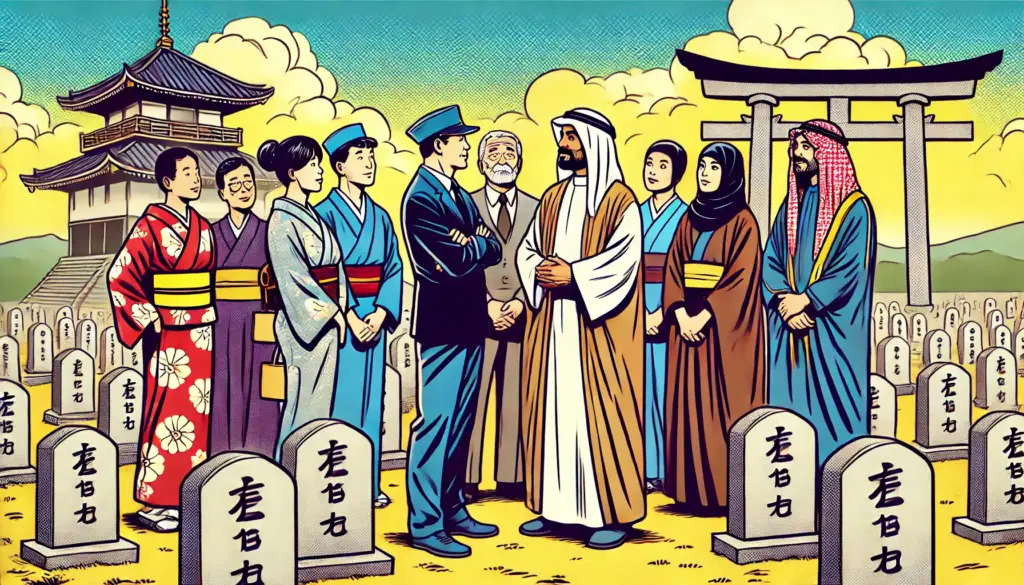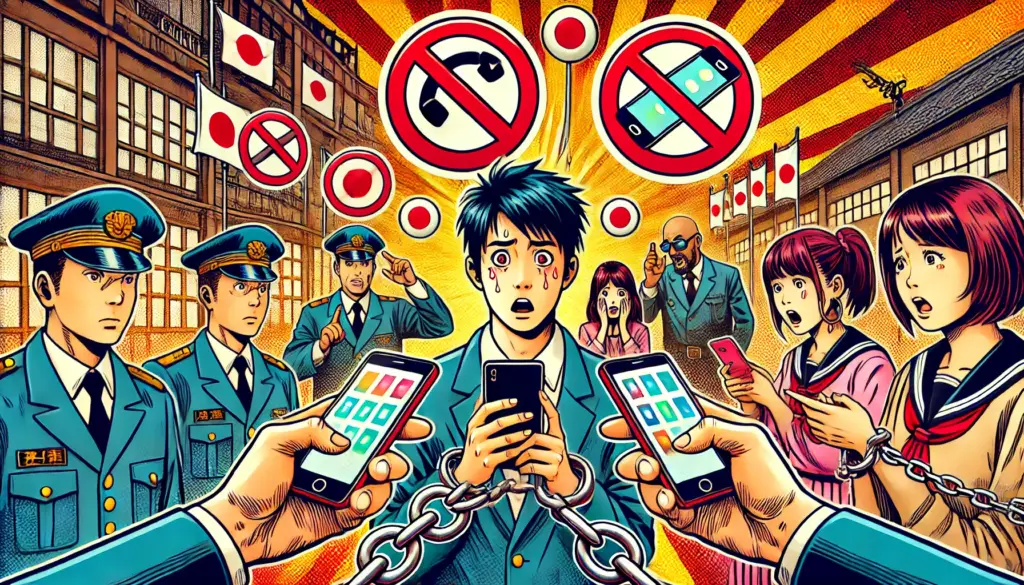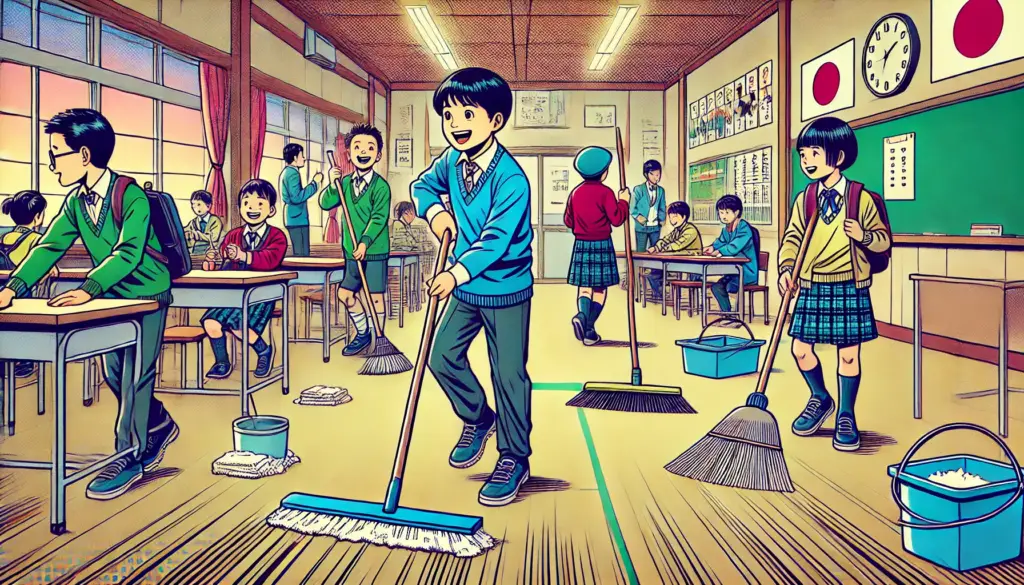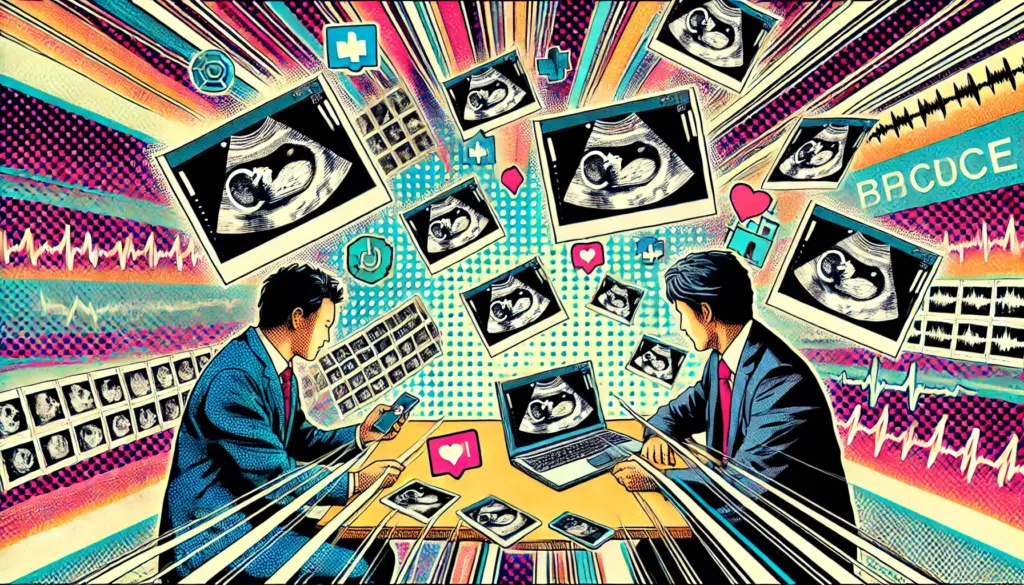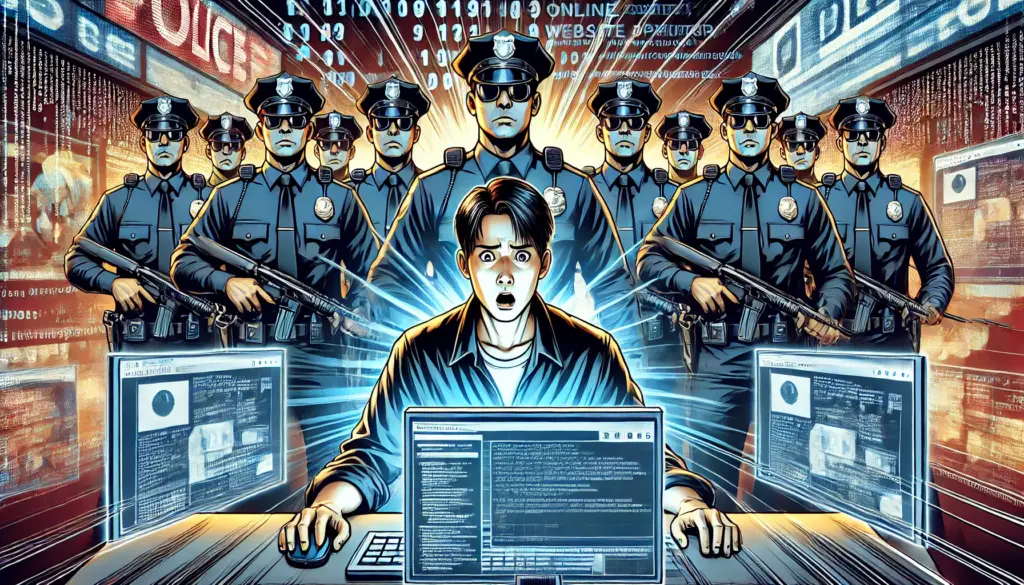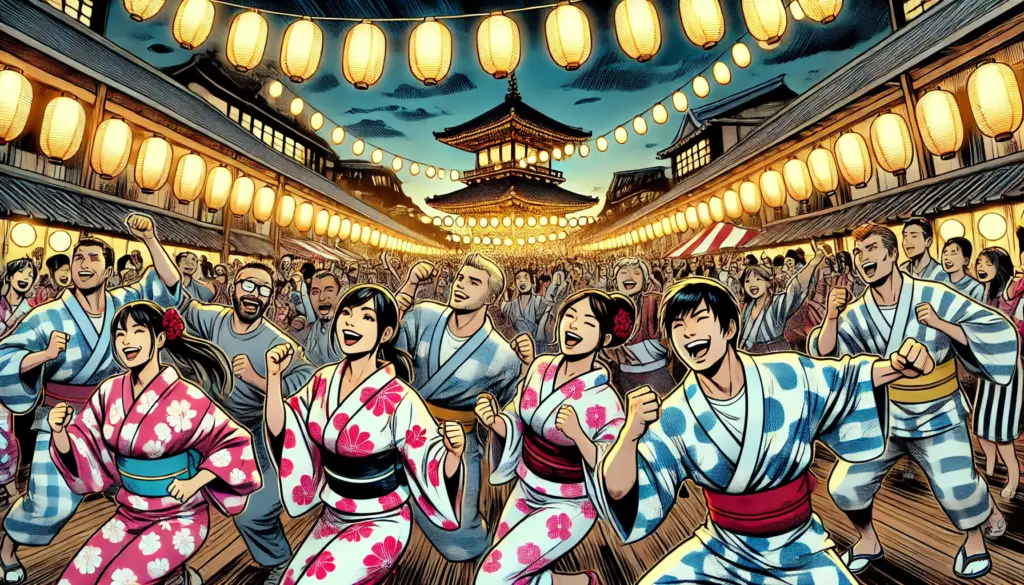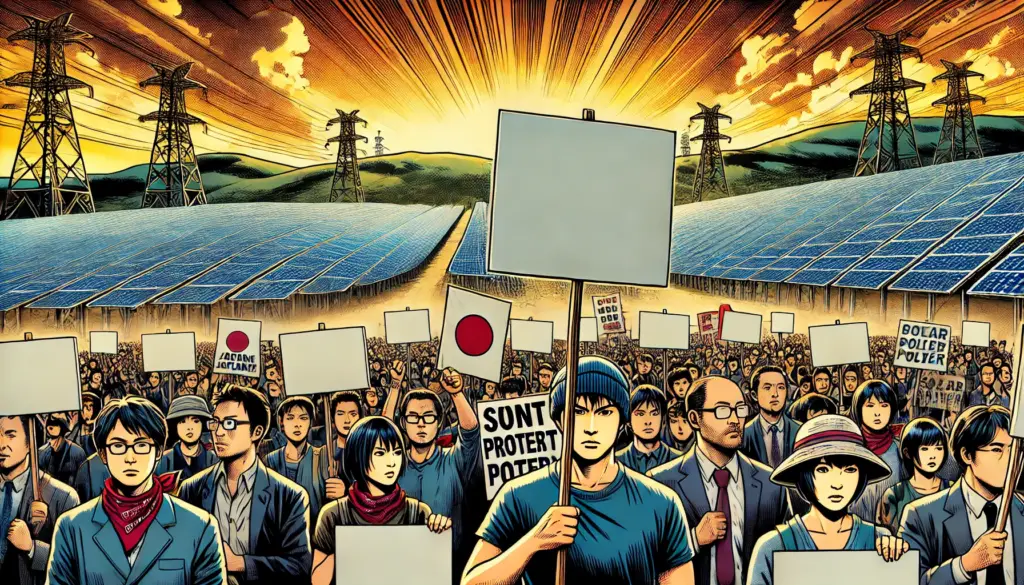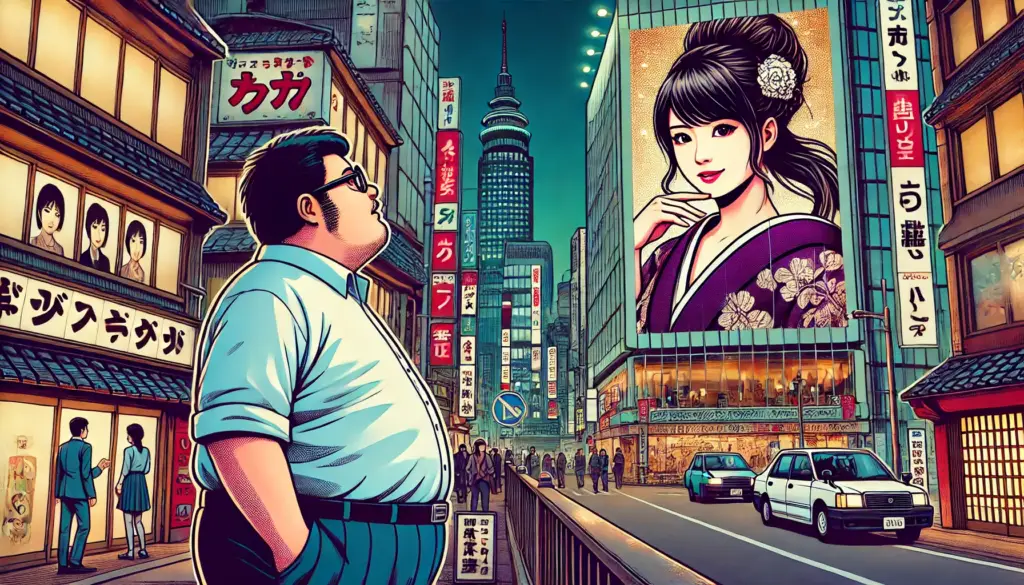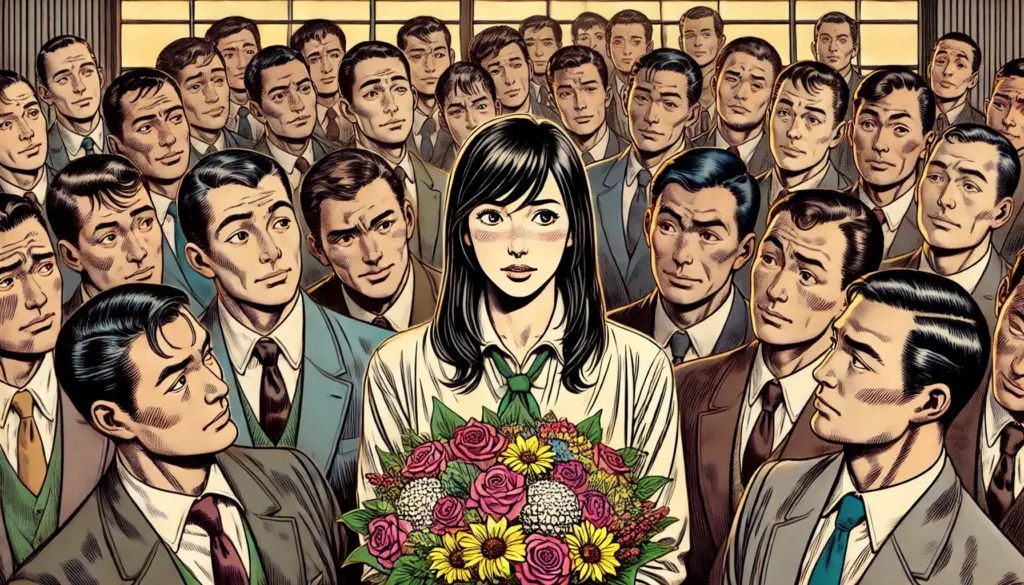
Free, cute, and ubiquitously familiar—Irasutoya (sometimes referred to as Irasu-to-ya) has become a staple of Japanese visual culture. Its simple hand-drawn clip art can be found everywhere—from blog posts to classroom handouts, from municipal flyers to casual social media updates. But as image-generating AI technologies advance, the question arises: will generative AI eventually replace Irasutoya? How many users did it attract at its peak, and how does that compare to today’s usage levels?
In this article, I explore those questions, offering a unique perspective on the evolving balance between human-crafted art and AI-generated visuals.
1. What is Irasutoya, and how widely has it been used?
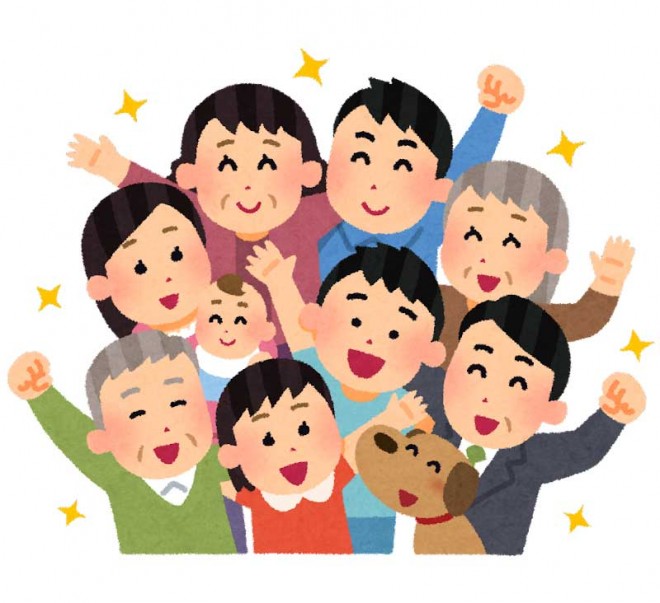
Irasutoya is a free illustration website launched in 2012 by illustrator Takashi Mifune. From the beginning, it gained massive popularity for its wide variety of illustrations, updated almost daily in the early years.
The site offers thousands of simple, expressive clip art images that individuals, businesses, schools, and local governments could use under clear guidelines. The style—bright, friendly, and instantly recognizable—made it a natural choice for countless situations.
At its peak, Irasutoya was nearly unavoidable. Presentations at schools, flyers at community centers, and even corporate PR materials often featured its illustrations. For many Japanese people, the art style became part of everyday life.
2. How much has usage changed today?
In recent years, the pace of updates slowed. While the site once delivered fresh content daily, new illustrations now appear only occasionally. This reduced frequency has coincided with the rise of generative AI tools, which allow users to create images tailored to highly specific needs.
Today, in areas like local bulletin boards or community events, generative AI images are increasingly replacing Irasutoya. They provide flexibility for concepts that never existed in stock art.
Still, Irasutoya maintains a strong presence. Many continue to rely on its ready-made library for quick, safe, and legally clear visuals. The illustrations are widely trusted, simple to use, and recognizable to almost everyone in Japan.
3. Can generative AI fully replace Irasutoya?
Generative AI can mimic the style of Irasutoya surprisingly well. With the right prompt, AI can generate characters or icons that look nearly identical. But imitation is not the same as replacement.
Irasutoya’s strength lies in its reliability and cultural familiarity. Its images are “safe”—teachers, city officials, or small business owners know they can use them without worrying about copyright or awkward mistakes. AI, on the other hand, still carries risks: unexpected distortions, unclear rights of use, and uncertainty about whether the style infringes on another artist’s work.
In short, AI can complement Irasutoya, but full replacement is unlikely. The human-made consistency of Mifune’s art continues to provide a stable foundation that AI cannot yet guarantee.
4. A personal perspective: coexistence, not competition 🌟
The conversation shouldn’t be framed as “AI versus Irasutoya.” Instead, it’s better to see them as complementary tools.
- AI’s strength is speed and specificity. It can instantly generate obscure or niche ideas that would never exist in stock art.
- Irasutoya’s strength is trust and simplicity. It delivers instantly usable images, culturally resonant and legally straightforward.
- Together, they create new possibilities. Designers can combine Irasutoya illustrations with AI-generated art, or use AI for inspiration while relying on Irasutoya for dependable basics.
From this perspective, Irasutoya is not being erased—it is finding a new role alongside emerging technologies.
5. Final thoughts: Irasutoya is not fading—it’s evolving
While the update frequency has slowed and AI is taking over certain spaces, Irasutoya remains deeply embedded in Japan’s visual landscape. Its illustrations are part of the national cultural fabric, recognized instantly by millions.
Generative AI brings exciting opportunities, but also new challenges. As more people experiment with AI art, the value of trusted, human-made, universally accepted imagery becomes even clearer.
Rather than asking whether AI will “replace” Irasutoya, the more meaningful question is how both will continue to coexist. In a world of endless AI possibilities, Irasutoya’s role as a safe, simple, and beloved visual resource may prove more important than ever.

